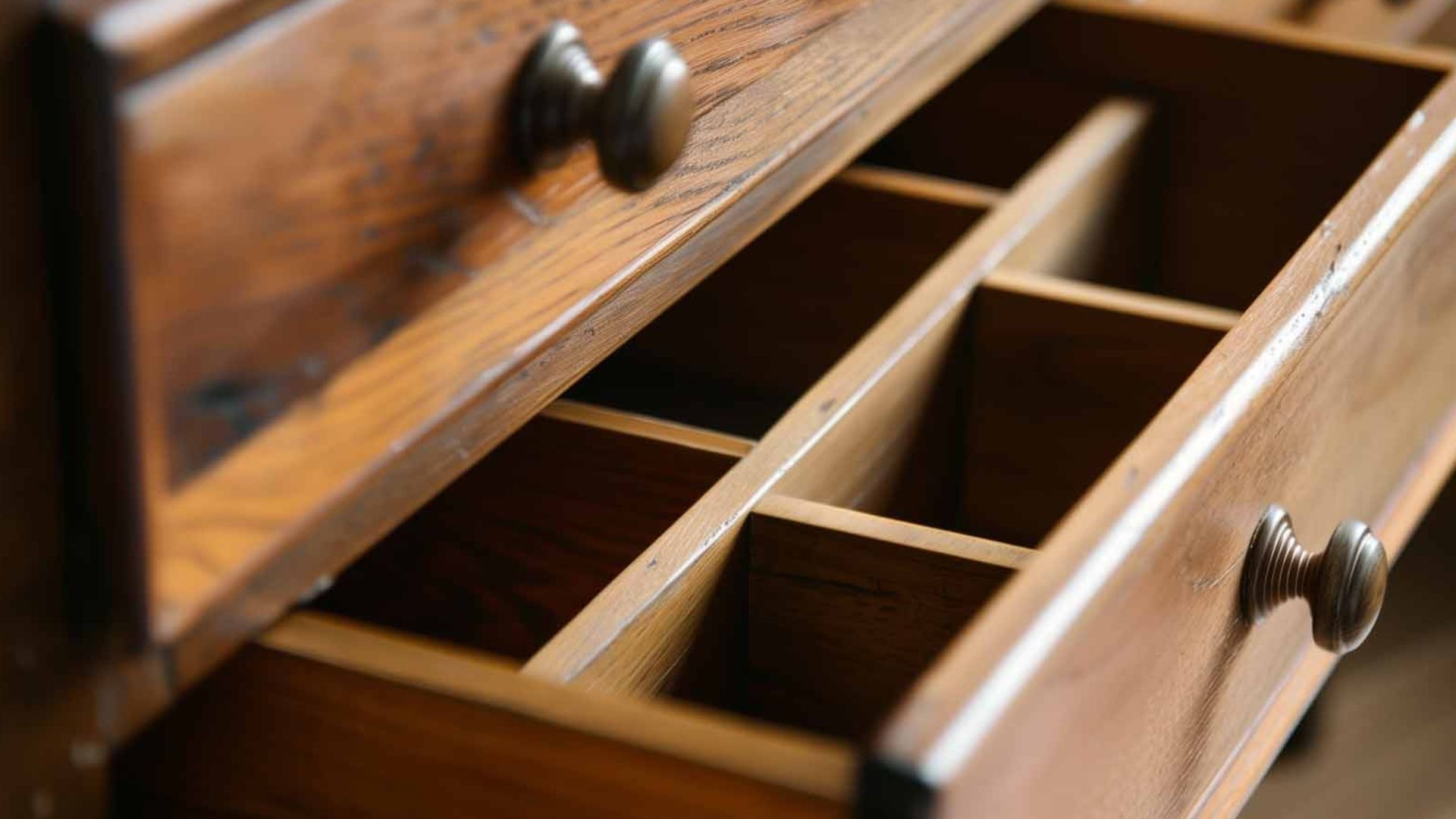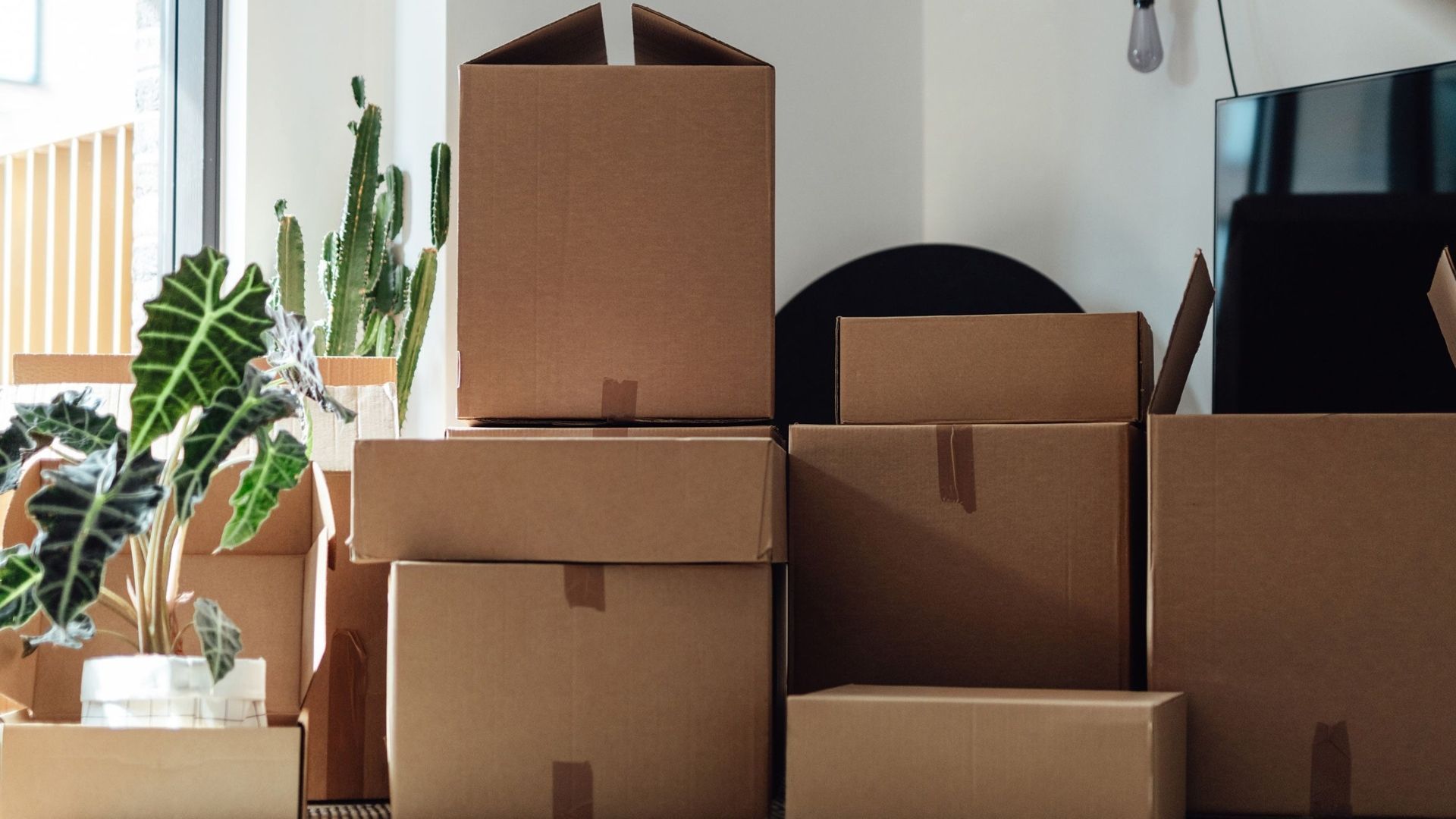What is the Best Packaging for Electronics?
The best packaging for electronics combines anti-static materials, proper cushioning, and moisture protection to keep devices safe during shipping and moving. The National Institute of Standards and Technology recognizes that investments in semiconductors will not succeed without investments in advanced packaging, emphasizing the critical role proper packaging plays in electronics protection. This includes ESD-safe bags, foam inserts, and sturdy corrugated boxes that work together to protect sensitive components.
Why Electronics Need Special Packaging
Electronics are delicate items that face many dangers during transport. Unlike books or clothes, electronic devices contain sensitive parts that can break easily. According to the U.S. Environmental Protection Agency, containers and packaging make up 28.1 percent of total municipal solid waste generation, highlighting the critical importance of proper packaging materials.
Common Threats to Electronics During Transport
Static Electricity Problems Static Electricity Problems Electronics hate static electricity, also called ESD (electrostatic discharge). Even tiny amounts of static can damage circuits and make devices stop working. This happens when items rub against each other or against regular packaging materials.
Research from Auburn University's Electronics Packaging Research Institute shows that semiconductor packaging has become increasingly critical for securing supply chains and enabling advanced system functionality. Currently, over 99% of microelectronic devices use plastic encapsulation due to its cost-effectiveness and manufacturability advantages.
Moisture and Humidity Water is electronics' worst enemy. Even small amounts of moisture can cause rust, short circuits, or permanent damage. Humidity levels above 60% can be dangerous for sensitive components.
Physical Damage Drops, bumps, and vibrations during shipping can crack screens, damage internal parts, or knock components loose. Without proper cushioning, even small impacts can cause big problems.
Temperature Changes Extreme heat or cold can damage batteries, warp circuit boards, or cause condensation inside devices. Electronics work best when kept at room temperature. According to SCHOTT's electronics packaging research, for every 10°C increase in device temperature, the lifespan is roughly halved, making efficient temperature management critically important.
Best Materials for Electronics Packaging
The right packaging materials protect against all these threats. Here are the top choices used by professionals:
Anti-Static Materials
ESD-Safe Bags These special bags prevent static buildup and protect sensitive components. ESD-safe packaging serves as shields against static discharge, vital for sectors like healthcare wearables amid rising consumer demand. They come in three types:
- Pink anti-static bags - Prevent static buildup inside the bag
- Silver shielding bags - Block outside static from reaching contents
- Moisture barrier bags - Protect from both static and humidity
Conductive Foam Conductive material conducts electric charges away from the stored object, like how a lightning rod directs electrical charges away from a building. This foam creates a protective cage around electronics.
Cushioning Materials
Polyurethane Foam This soft, lightweight foam works great for smaller electronics like phones and tablets. Polyurethane, an open-cell foam, is lighter and softer, which makes it more ideal for smaller, more sensitive products like circuit boards, CPUs, microprocessors. It absorbs shocks well and can be cut to fit any shape.
Polyethylene Foam Cross-linked polyethylene, a closed-cell foam, is much more structurally rigid. This type of foam makes it more durable and tear–resistant. It's perfect for heavier items like computers and gaming consoles.
Bubble Wrap Regular bubble wrap can create static, but anti-static bubble wrap is safe for electronics. It's lightweight and provides good cushioning for most devices.
Outer Packaging
Corrugated Cardboard Boxes Corrugated cardboard is strong, lightweight, and cost-effective. Double or triple-wall options provide added protection for heavy or fragile electronics. These boxes are the gold standard for shipping electronics, with the EPA noting that corrugated boxes are among the most frequently recycled packaging products with a 53.9% recycling rate.
Plastic Cases Hard plastic cases offer excellent protection but cost more than cardboard. They're great for expensive or very fragile items.
Step-by-Step Electronics Packaging Process
Follow these steps to pack electronics like a pro:
Step 1: Prepare Your Electronics
Remove Batteries Take out all batteries to prevent leaks or explosions. Tape battery contacts to prevent short circuits.
Clean Your Device Remove dust and dirt that could scratch surfaces during packing. Use a soft, dry cloth.
Take Photos Document any existing damage and how items look before packing. This helps with insurance claims if needed.
Step 2: Choose the Right Inner Packaging
For Small Electronics (phones, tablets)
- Place in anti-static bag first
- Wrap in soft foam or bubble wrap
- Use small box with tight fit
For Medium Electronics (laptops, cameras)
- Use moisture barrier bag if needed
- Add foam inserts cut to exact size
- Fill any empty spaces with packing material
For Large Electronics (TVs, computers)
- Use original box if available
- Add extra foam padding on all sides
- Secure cables and accessories separately
Step 3: Select Your Outer Box
Pick a box that's 2-3 inches larger than your item on all sides. This leaves room for cushioning materials.
Single-Wall Boxes - Good for lightweight items under 20 pounds Double-Wall Boxes - Better for items 20-50 pounds Triple-Wall Boxes - Best for heavy items over 50 pounds
Step 4: Add Cushioning
Fill the bottom of your box with 2-3 inches of foam or packing peanuts. Place your wrapped electronic in the center. Add more cushioning around all sides until the item can't move when you shake the box gently.
Step 5: Seal and Label
Use high-quality packing tape to seal all edges. Add "FRAGILE" and "THIS SIDE UP" labels. Include your contact info and destination address clearly.
Professional Moving vs. DIY Packaging
When moving electronics, you have two main options:
DIY Packaging Benefits
- Costs less money upfront
- You control the process
- Can use materials you already have
Professional Packing Advantages
- Experts know best techniques
- Access to specialized materials
- Insurance coverage often included
- Saves time and stress
If you're planning a move in Edmonton or Alberta, professional packing services can ensure your electronics arrive safely. Companies like Last Stop Moving use proper techniques and materials to protect your valuable devices.
Sustainable Electronics Packaging Options
More people want eco-friendly packaging options. Here are some green choices:
Biodegradable Materials
Mushroom Packaging Mushroom packaging can be grown quickly into just about any shape. Made from agricultural waste and fungi, it breaks down naturally after use.
Cornstarch Foam Foam packaging made from cornstarch is one of the most eco-friendly packing materials on the market. It looks and works like regular foam but dissolves in water.
Bamboo Packaging Bamboo is famous for its fast renewal rate—the plant grows up to one inch an hour. It's strong, lightweight, and biodegradable.
Recyclable Options
Cardboard Alternatives Corrispring cardboard cushioning inserts are a cost effective, lightweight and eco-friendly foam alternative. These work like springs to cushion items while being fully recyclable.
Paper-Based Materials Kraft paper and tissue paper can replace some foam applications. While not as protective as foam, they work well for less fragile items.
Cost Considerations
Electronics packaging costs vary widely based on your needs:
Budget-Friendly Options
- Basic cardboard boxes: $1-5 each
- Standard bubble wrap: $10-20 per roll
- Anti-static bags: $0.50-2 each
- Total for typical device: $5-15
Premium Protection
- Double-wall boxes: $3-10 each
- Custom foam inserts: $10-50 each
- Moisture barrier bags: $2-8 each
- Total for typical device: $20-75
Professional Services
- Full packing service: $50-200 per device
- Includes materials, labor, and often insurance
- Best for expensive or very fragile items
The U.S. currently has only 3% of the world's packaging capability as of 2021, according to NIST's National Advanced Packaging Manufacturing Program, but the U.S. is strong in research and development resources and talent. This creates both challenges and opportunities for American electronics manufacturers.
Remember that spending more on packaging often saves money by preventing damage. A $50 packing job is much cheaper than replacing a $1,000 laptop.
Special Considerations by Device Type
Different electronics need different approaches:
Smartphones and Tablets
- Always use anti-static bags
- Protect screens with cardboard or foam
- Remove from cases before packing
- Include original chargers in separate bag
Laptops and Computers
- Remove hard drives if possible
- Use original boxes when available
- Add extra foam around hinges and ports
- Pack accessories separately
TVs and Monitors
- Use original packaging if you have it
- Add corner protectors
- Never lay flat - always keep upright
- Use moving blankets for extra protection
Gaming Consoles
- Remove game discs
- Secure loose parts like controllers
- Use anti-static materials
- Pack games and accessories separately
Common Packaging Mistakes to Avoid
Learn from these common errors:
Using Regular Plastic Bags
Regular plastic creates static and offers no protection. Always use anti-static bags instead.
Overpacking or Underpacking
Too much padding can create pressure. Too little allows movement. Find the right balance.
Ignoring Moisture Protection
Moisture can be problematic in many industries; particularly where electronic devices are being manufactured or assembled. Always consider humidity levels during transport.
Forgetting About Cables
Loose cables can scratch screens or damage ports. Always secure them separately.
Using Damaged Boxes
Weak boxes fail when you need them most. Always use sturdy, undamaged containers.
Insurance and Documentation
Protect yourself with proper documentation:
Before Packing
- Take photos of items working
- Note serial numbers and model info
- Keep purchase receipts
- Document any existing damage
During Transit
- Use tracking numbers
- Require signatures for valuable items
- Consider additional insurance
- Keep all shipping receipts
After Arrival
- Inspect items immediately
- Document any damage with photos
- Report problems within 24 hours
- Keep all packaging materials until satisfied
Testing After Unpacking
Once your electronics arrive, test them properly:
Initial Inspection
- Check for physical damage
- Look for loose parts
- Ensure nothing is missing
- Verify all cables are intact
Power-On Testing
- Let items reach room temperature first
- Check all basic functions
- Test all ports and connections
- Run any built-in diagnostics
Extended Testing
- Use devices normally for several days
- Watch for intermittent problems
- Check all features and settings
- Monitor for unusual behavior
Final Thoughts
The best packaging for electronics combines the right materials with proper techniques. Anti-static protection, adequate cushioning, and moisture barriers work together to keep your devices safe during transport.
Whether you're shipping a single smartphone or moving an entire office full of computers, investing in proper packaging pays off. The small cost of quality materials and techniques prevents expensive damage and ensures your electronics arrive ready to use.
For those planning a move in Edmonton or surrounding areas, consider professional packing services that understand electronics protection. Expert packers have the right materials and experience to keep your valuable devices safe during your move.
Remember: good packaging is insurance you buy before you need it. Take time to protect your electronics properly, and they'll serve you well in their new location.



